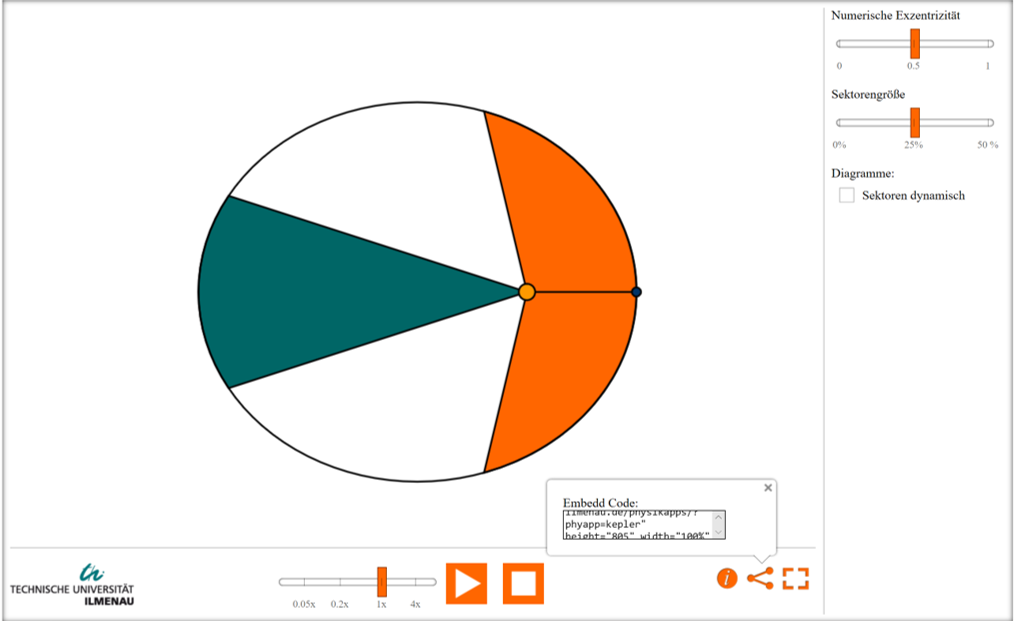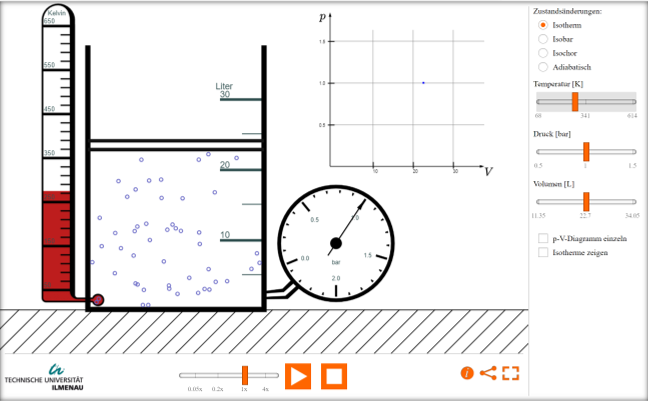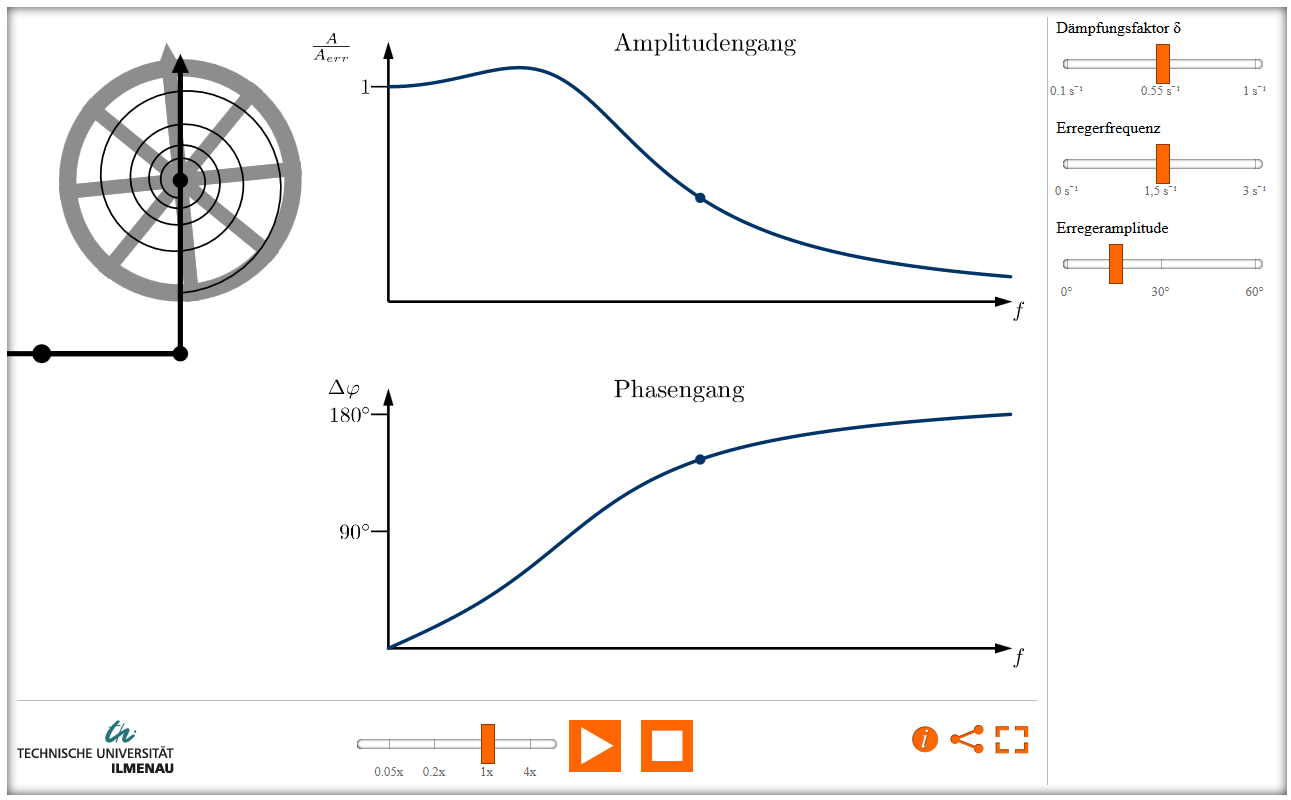Materials for Teaching
Contact
Prof. Dr. Erich Runge
Head of the Institute of Physics
Secretary's office:
Dagmar Böhme
Phone: +49 (0) 3677 / 69 37 06
Room: Curiebau, room 320
Visiting address: Weimarer Strasse 25, 98693 Ilmenau
How to find us: Directions and site plan



